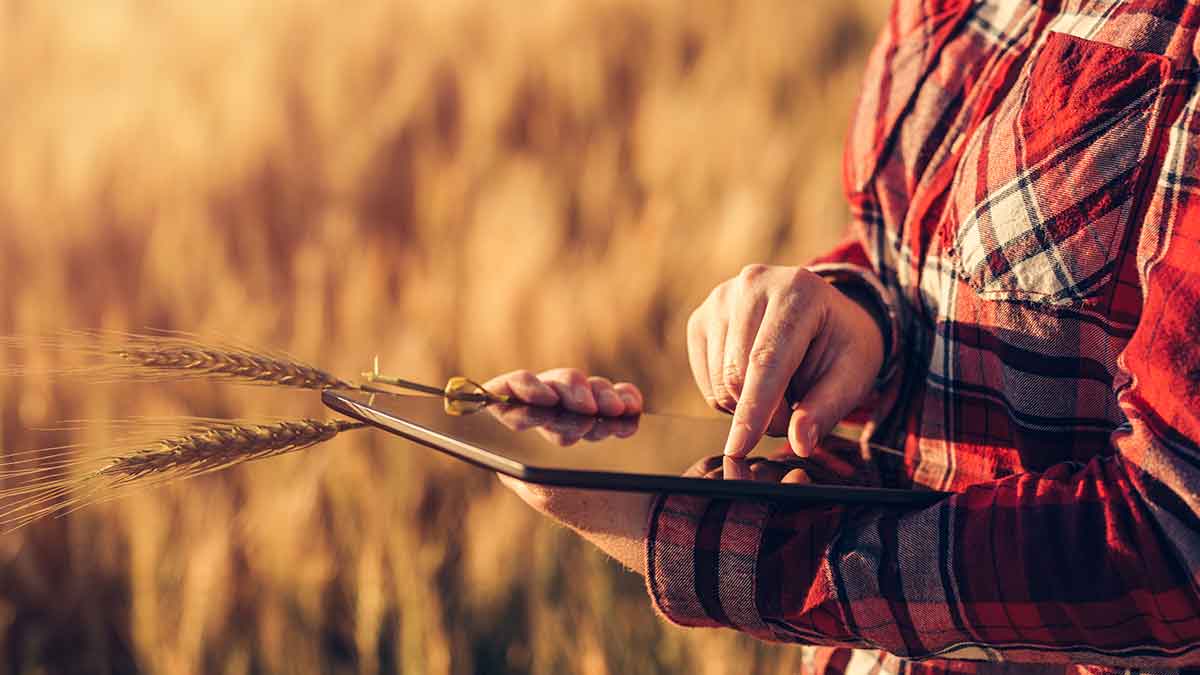Agriculture, like many other industries, has used connected and intelligent devices for an extended period of time. In recent years, however, the implementation of IoT in agriculture has turned the agricultural sector into a more productive and more efficient one.
In other words, the Internet of Things impacts on farms in the same way that it has changed the rules of productivity in manufacturing, shipping, and healthcare.
Nowadays, people know the agriculture industry as “smart agriculture,” and they view this industry as an industry that is constantly “growing.” But what is driving this boom in high-tech agriculture? The many compelling uses and applications of IoT in agriculture are propelling this constant grow in smart farming.
Data to Help You Make Better Decisions
The first and most essential aspect of the use of IoT in agriculture is the chance to apply data to all aspects of the agricultural industry. The data collected from devices located at the edges of a farm can provide the following information:
- Soil quality
- Crop growth rates
- Livestock health
Farmers can remotely monitor information about their farms with smartphones and computers. In addition, they can then use this data to make informed decisions about the management of their crops or livestock.
Predicting the Weather
Farmers are always thinking about the weather, which is why a major benefit of smart agriculture is the possibility to monitor weather conditions.
A handful of farms have their own weather stations connected to the internet. There are also a variety of sensors spread across the fields. They can measure soil properties (soil moisture and nutrients) and pH levels.
This information, together with weather data, gives farmers valuable feedback on how to manage their crops.
“Precision” Agriculture
The data also enables precision agriculture, which is the ability to reduce costs and increase profits while reducing waste. All the data and connected devices provide greater control over production.
GPS-equipped farm equipment is possible thanks to IoT. This equipment allows for more precise planting, maintenance, and harvesting, as well as reduced equipment maintenance.
Precision agriculture is both good for the business and the planet. Also, it gives farmers an opportunity to optimize their use of resources like water, fertilizers, and herbicides.
A Much Smarter Future
Agriculture can be even more intelligent in the future.
Today, drone use in farms, for example, is extremely limited. Drones can be used for more than just imaging purposes, which allow farmers to see crops from a bird’s eye, but they can also be used to dust the crop. If pilots performed this task, it would prove costly and dangerous, since crop dusting involves flying just a few feet above the ground putting pilots in danger. Delegating this task to the machines is a great advancement.
But this is just the beginning, future farms will make more use of drones (robots in the sky) and farmbots (robots on the ground). These farmbots are able to apply fertilizers precisely, pull weeds and even maintain and reset bug traps.
Smart Agriculture will increasingly gain importance as the world’s population continues to grow. This means that IoT’s implementation in agriculture will become more crucial to the success of modern farms, as they provide data and networks that makes farms more profitable and more sustainable.





